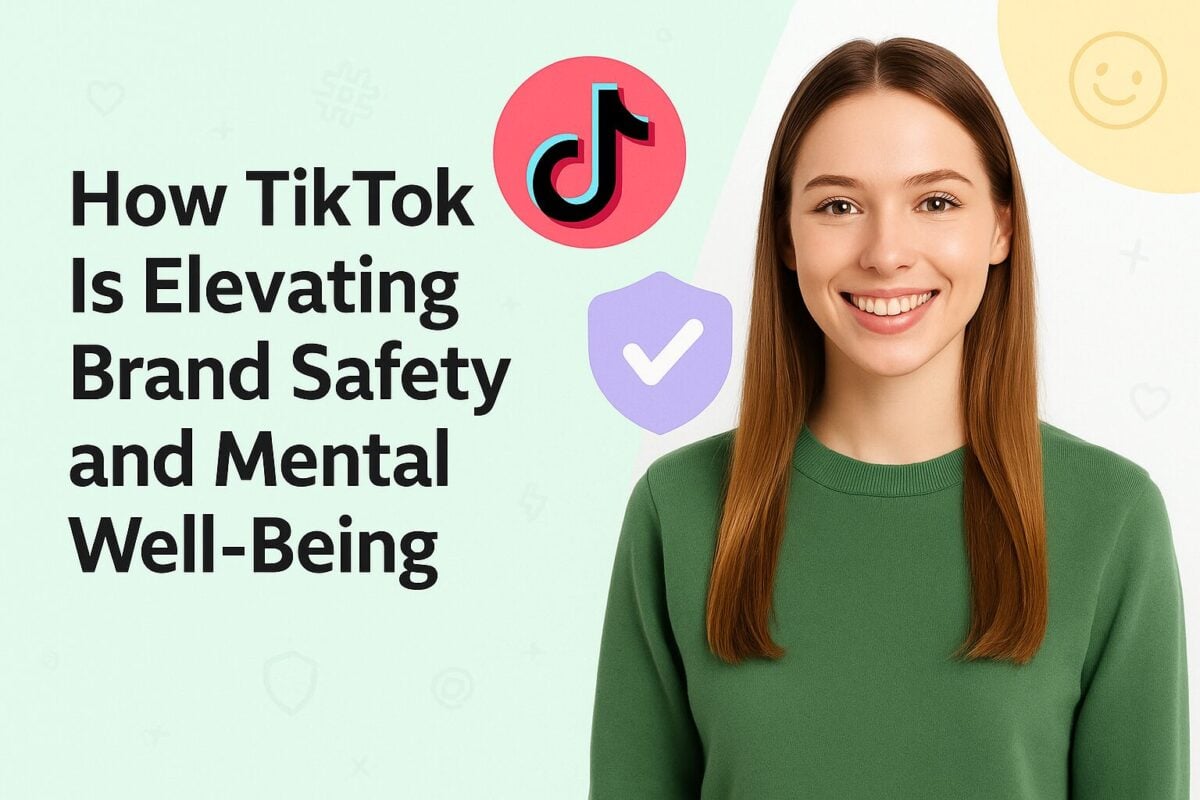CTRs, or click through rates, are an integral part of pay-per-click (PPC) marketing campaigns. This metric reflects the ratio of the number of clicks an online ad receives during a campaign to its number of impressions, or the times the ad was seen.
The click through rate is represented in the form of a percentage. Here is the formula for getting this metric:
Click Through Rate = ( n amount of clicks / n amount of impressions) x 100
For example, if an ad receives 20 clicks and 100 impressions throughout the campaign, it will have a click through rate of 20%. This enables you to evaluate the success of your PPC marketing campaign because it will show how compelling an ad was and how many people were interested in it enough to click on it.
Other elements that measure click through rates are:
- Landing page calls-to-action
- Hyperlinks
- Search engine results
Generally speaking, getting a high click through rate will show you that your ad and its elements were relevant. On the flipside, getting a low click through rate means that your ad wasn’t effective or didn’t engage your target audience enough.
Why Are Click Through Rates Relevant?
Apart from measuring the success of your PPC campaign, your click-through rate directly affects your Quality Score. Developed by Google, your Quality Score measures how relevant and how high-quality your PPC ads and keywords are. This Score is dependent on several factors:
- The CTR of your campaign
- The relevance of your chosen keywords to your industry
- The quality of your landing page
- The overall performance of your Google Ads account, including past campaigns
- The quality and relevance of the text in your ads
Google has not released how much each component weighs when it comes to determining your Quality Score, but the CTR is one of, if not the most, important factors. Your quality score will identify how much you need to pay (cost per click) and your overall ad rank.
How Can You Get a Good Click Through Rate?
Click through rate benchmarks may differ across industries. There is no specific number that identifies a “good” click through rate because this is wholly dependent on the type of campaign you are running. However, it is best practice to aim for a high click through rate. Here are some steps you can take for your next PPC ad campaign.
-
Craft strong copy with one to two keywords.
Your ad copy refers to the ad’s body and headline. You need to write a clear, compelling copy that is easily digestible and evokes emotion to resonate with your target audience. If your ad copy is too wordy and does not seem relevant to your overall brand message, the ad will not perform as well as you want it to.
Apart from optimizing your ad copy, incorporate one to two keywords that are relevant to your brand. Doing this will help your ad reach your intended audience, and it will make your ad more easily found by consumers online.
-
Experiment with relevant hashtags
Social platforms like LinkedIn, Twitter, and Facebook have put emphasis on the use of hashtags when posting and running campaigns. Different industries have different, high-performing hashtags, and the hashtags you use should be relevant to the rest of your ad copy.
-
Do research on the appropriate keywords to integrate
Keyword research will help you find the right keywords to incorporate into your ad copy. Highly relevant keywords can help drive traffic to your site, and long-tail keywords can also help boost your ad’s success.
-
Incorporate high-quality images
High-quality visual content can impact your ads’ performance, increasing your click through rate. However, this will depend on the marketing channel you use. Do A/B testing to determine the best types of images for your intended marketing channel and your brand.
-
Drive your ads to a well-designed landing page of your ads
This is part of the post-click experience. It is important to ensure that the landing page is compelling enough and easy to navigate so visitors would stay on it. When developing and optimizing your landing page, consider:
- Making load times much faster
- Creating a contrasting CTA button
- Message matching
- Keeping the branding consistent between your ad and landing page
- Personalizing the landing page according to the audience segment


